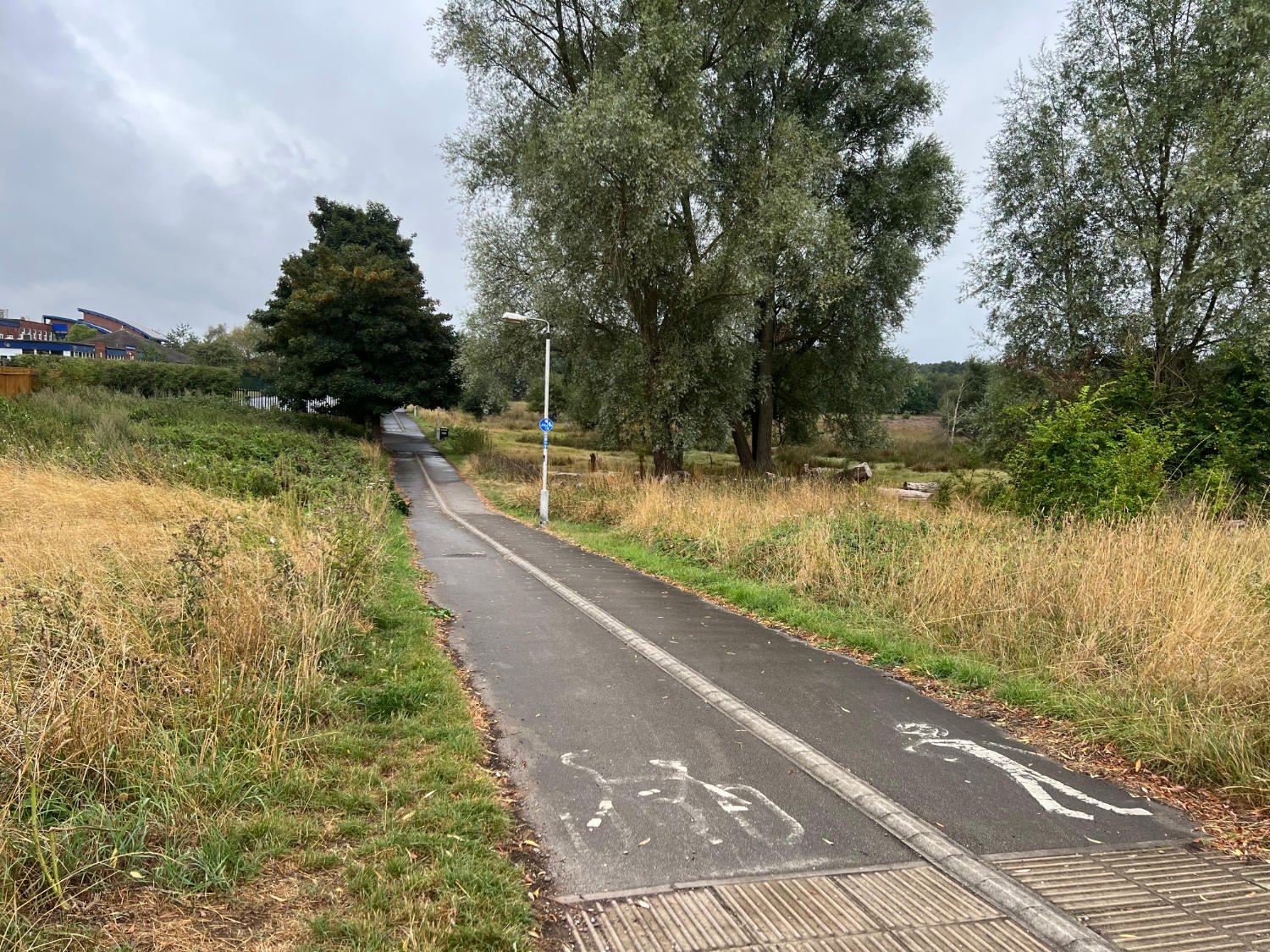Birmingham to Stoke-on-Trent
Stone
Ride overview
Whether it’s ‘strangers lying in a strange land’, or stones carried from Scotland, or the even the Archangel himself, stage 4 of the National Cycle Route 5 is full of surprises. Leaving Birmingham it is a ride through an urban landscape of canals and country parks to Lichfield, the finest cathedral town in the English Midlands. After a little climbing, your wheels take you across the old Royal Hunting Ground of Cannock Chase with its haunting war cemeteries and vistas which will have you believe that you’ve arrived in Scotland. Back into the lowlands, there are more towpaths taking you through Stone and Stafford, before coming to a halt on the outskirts of the potteries, where there’s an opportunity to stay in one of the Wedgewood family homes.
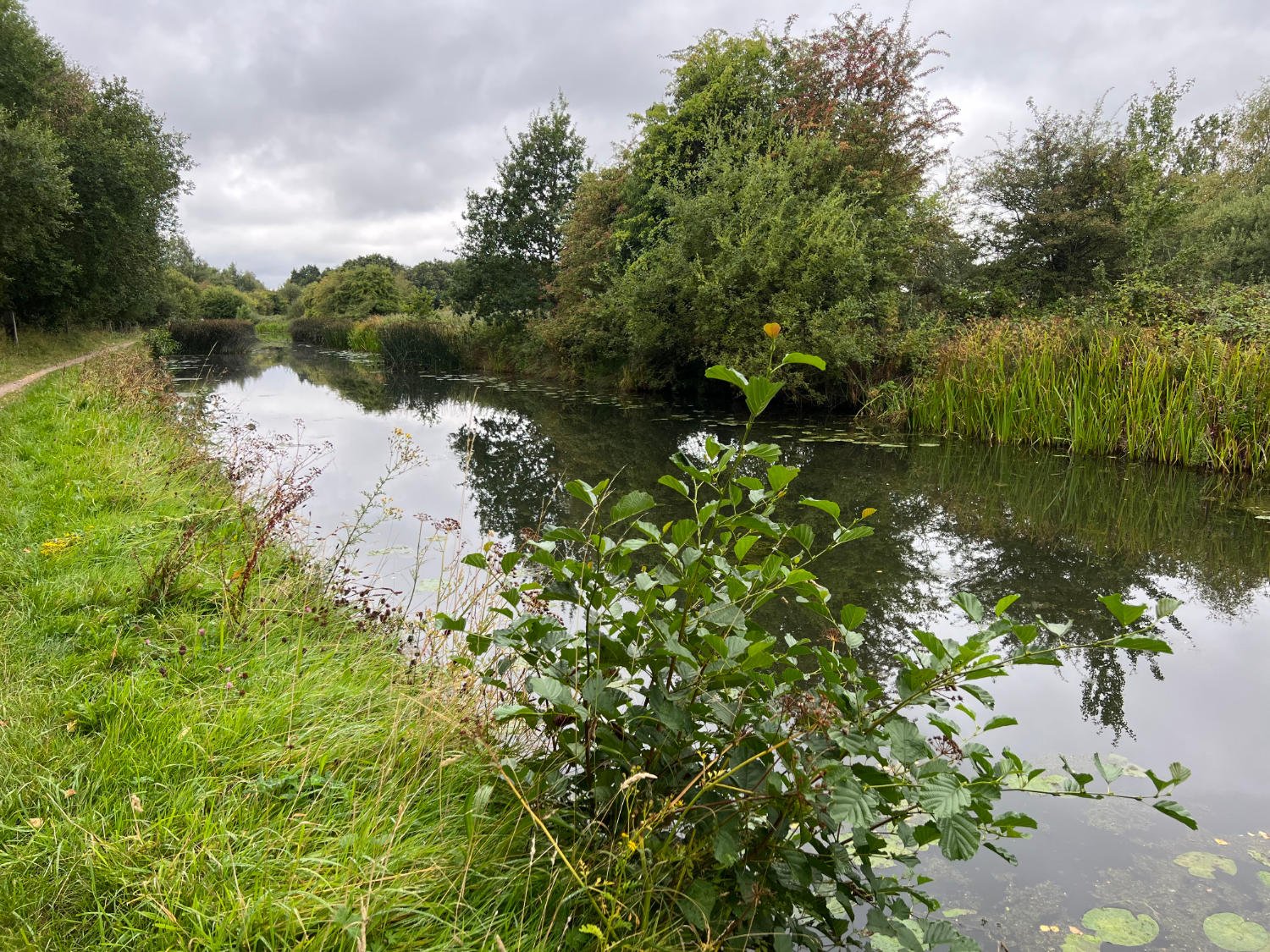
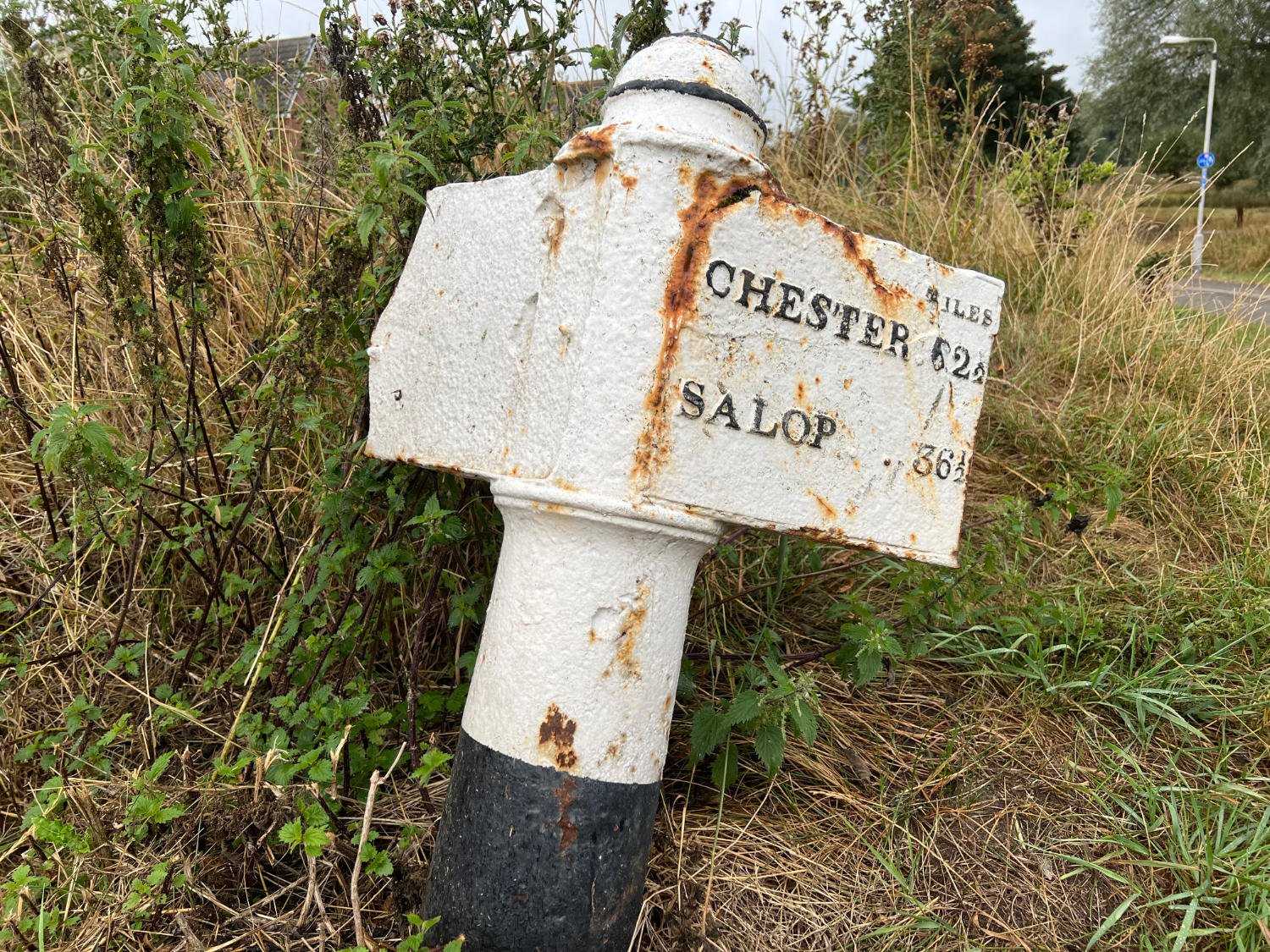
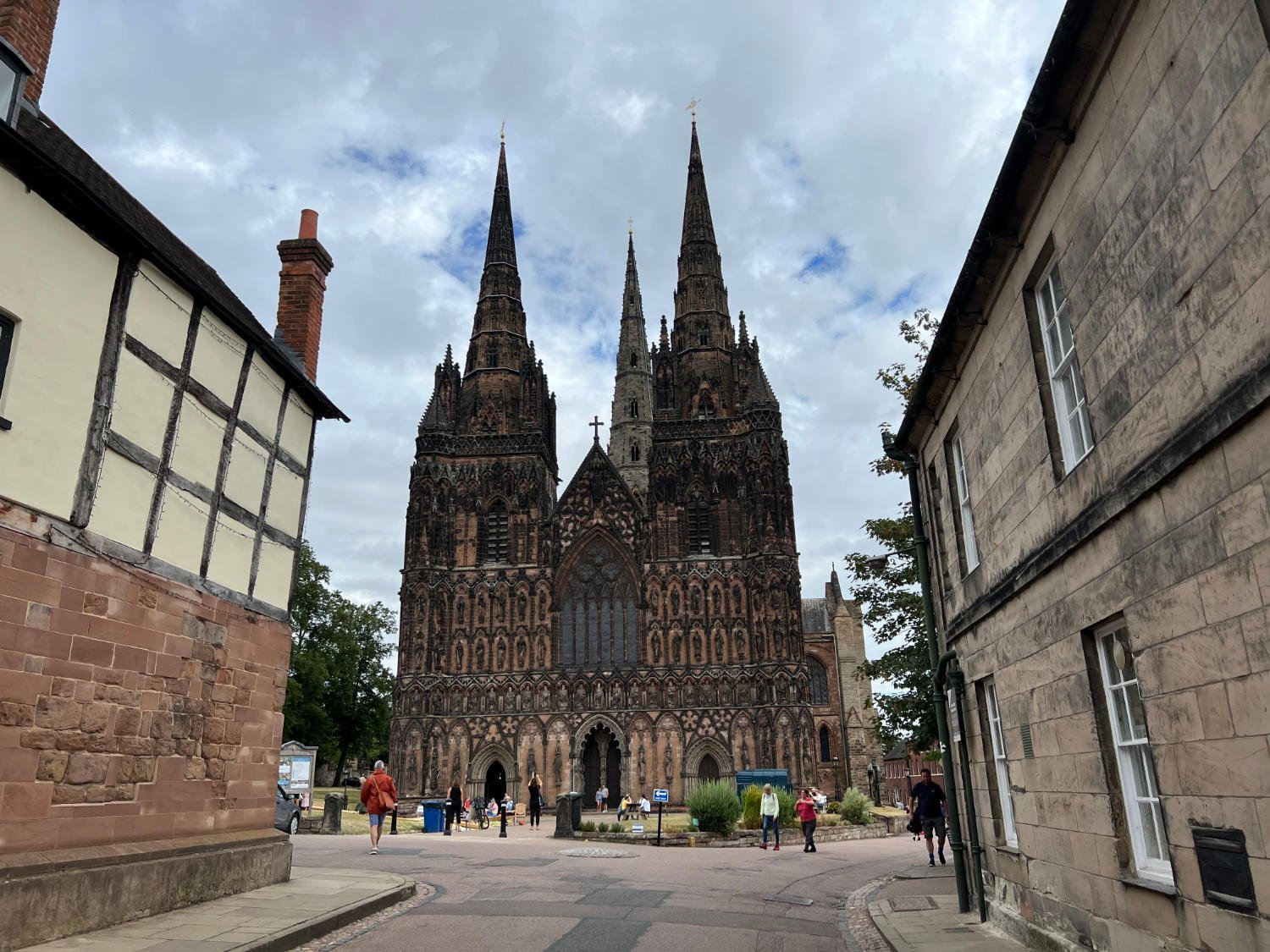

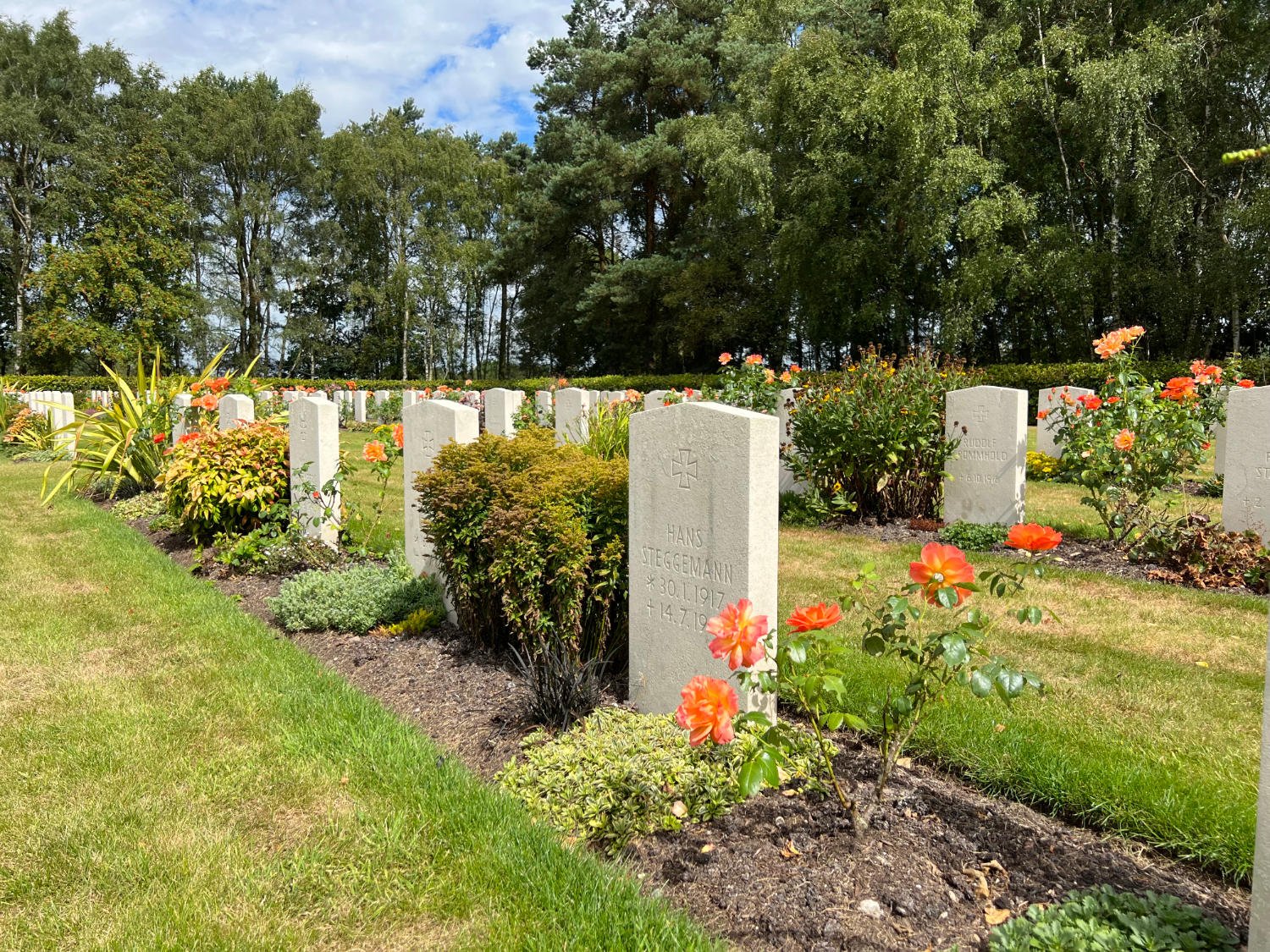
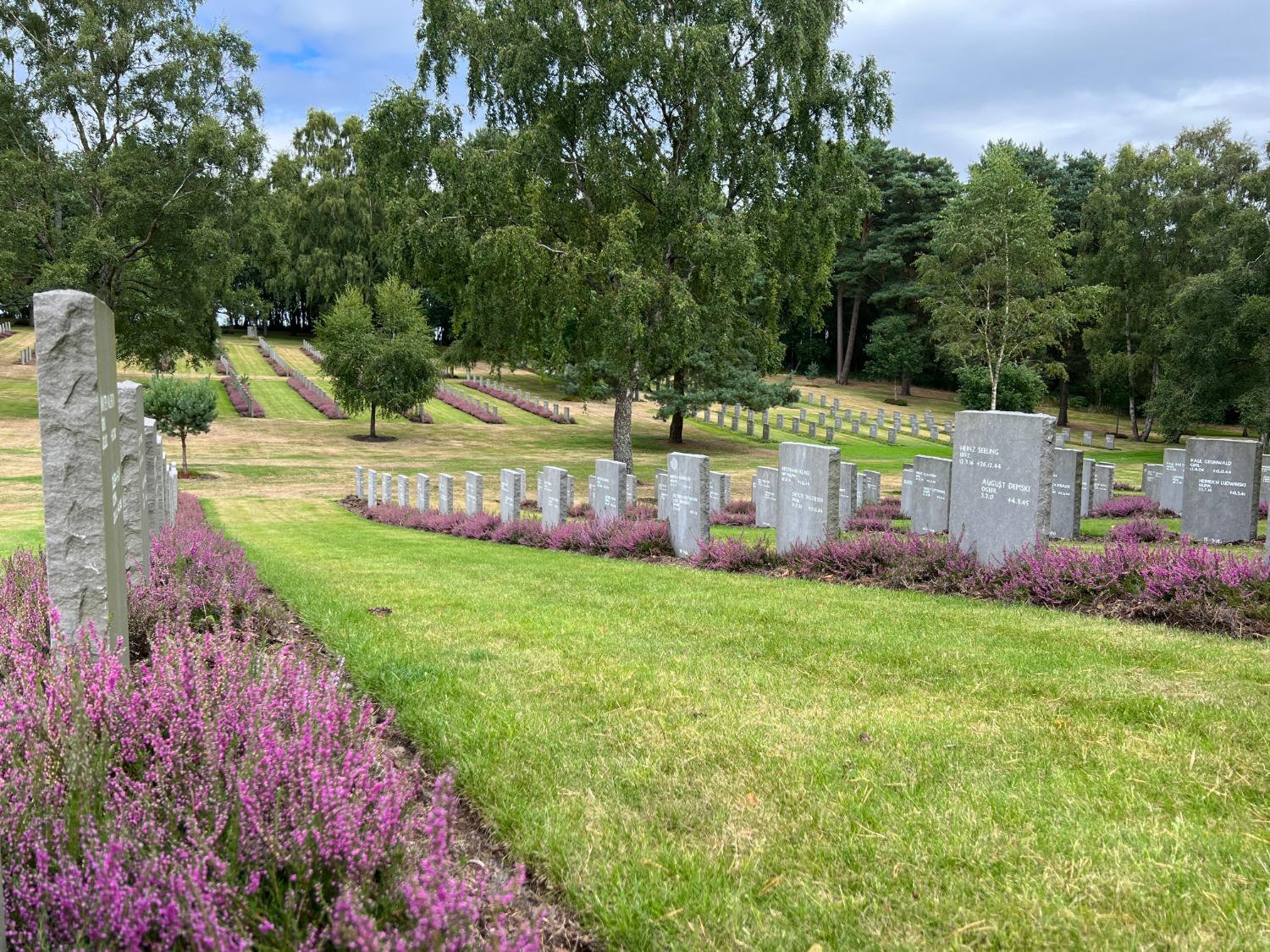
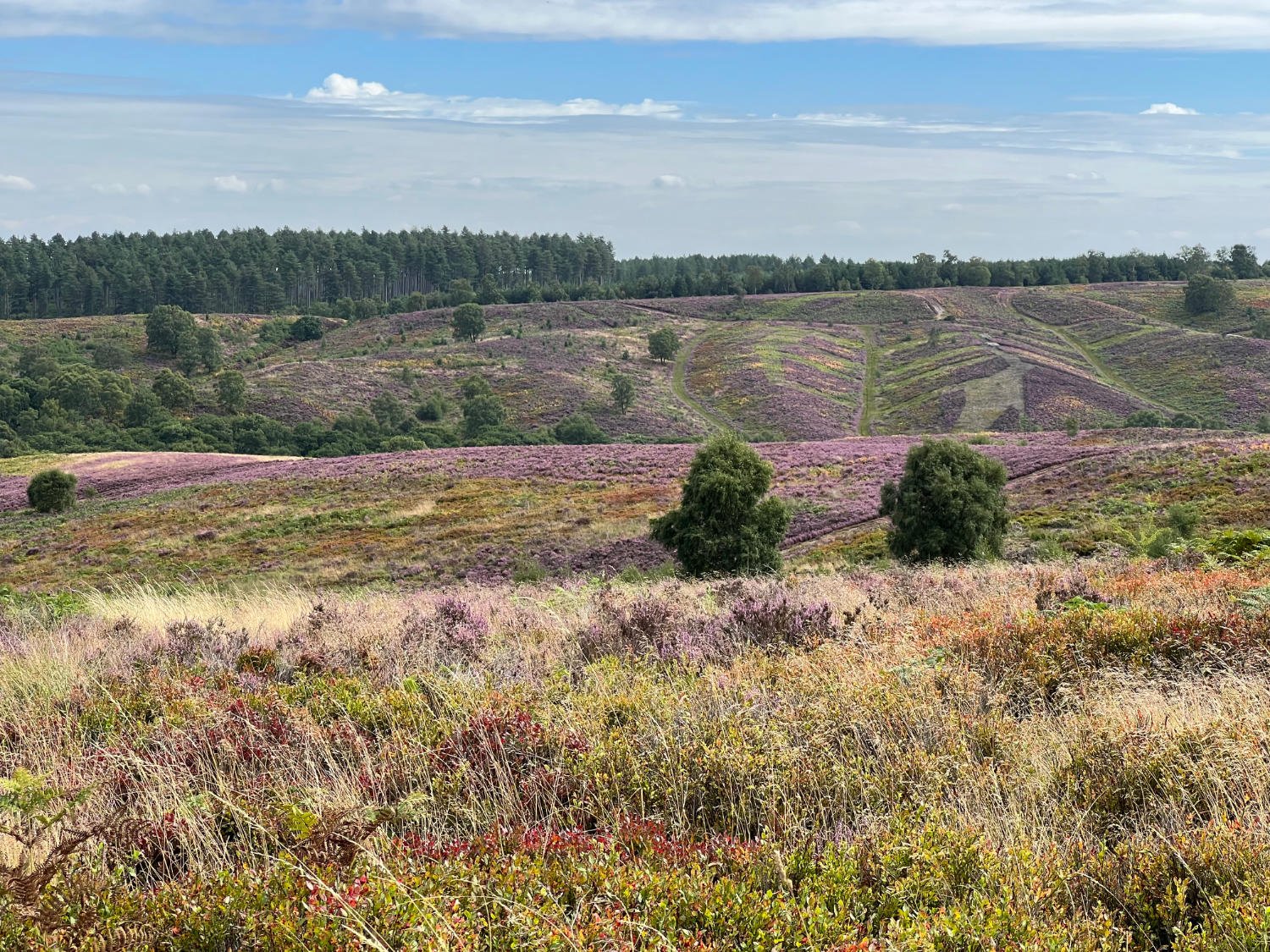
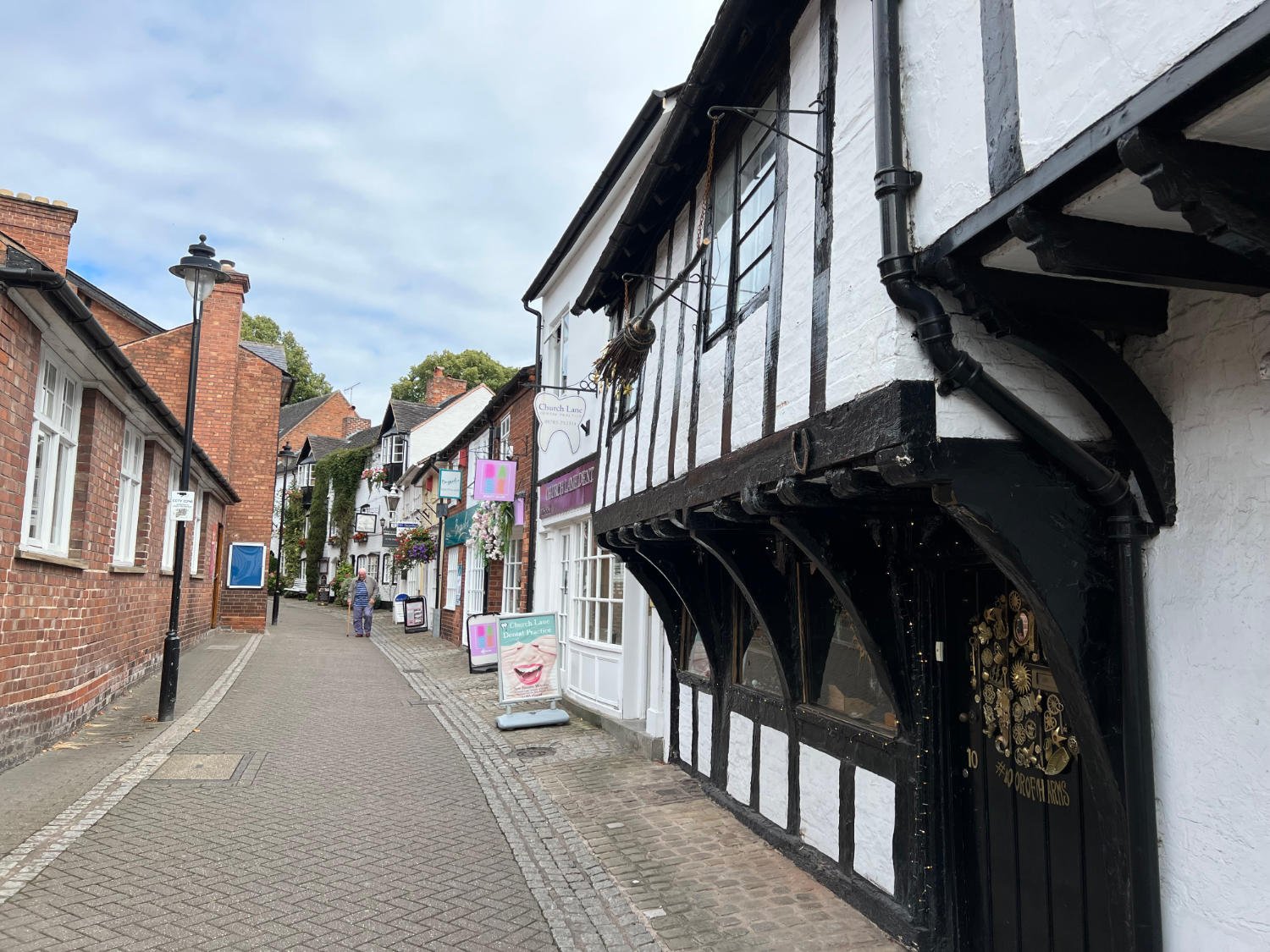
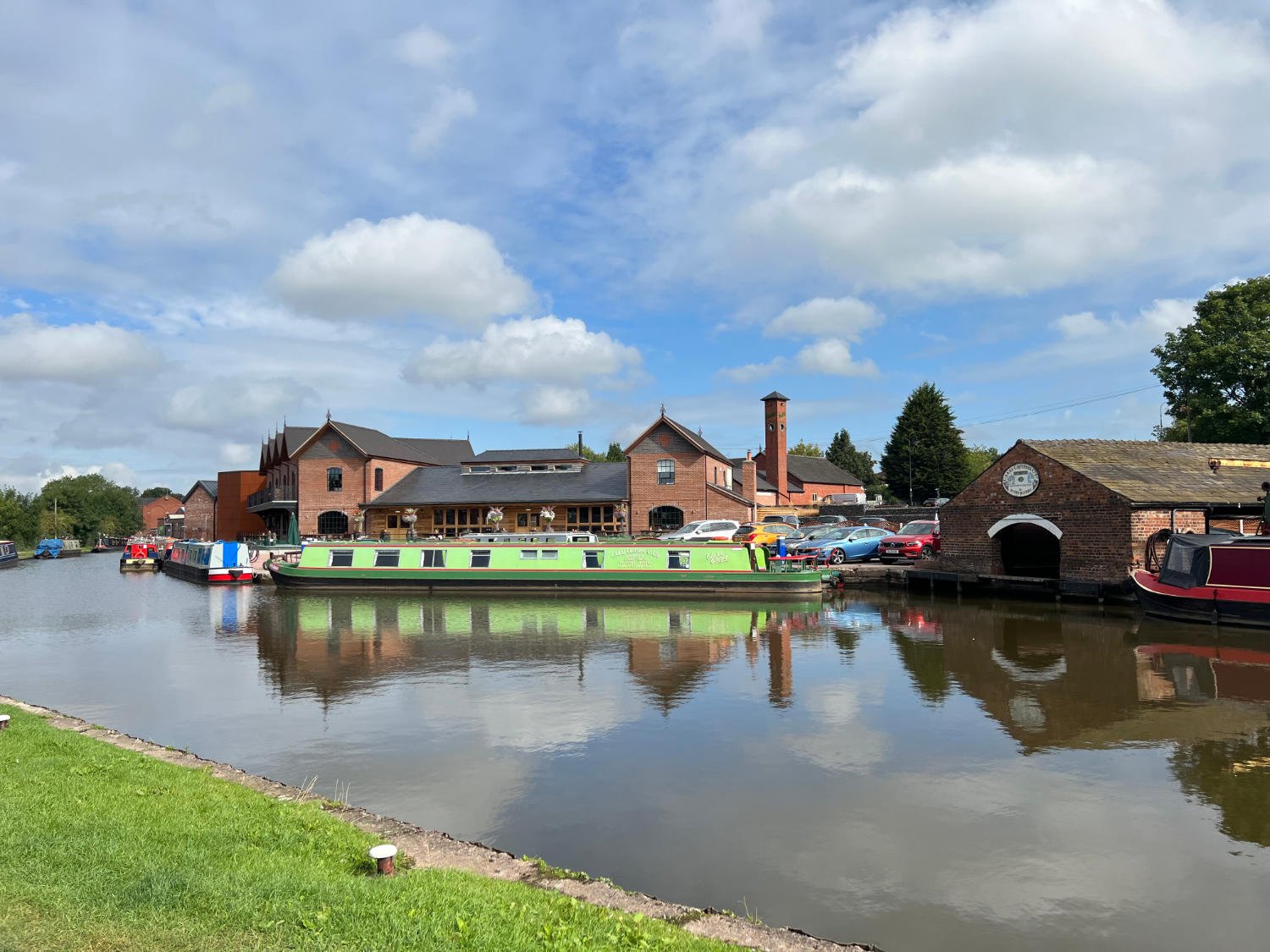
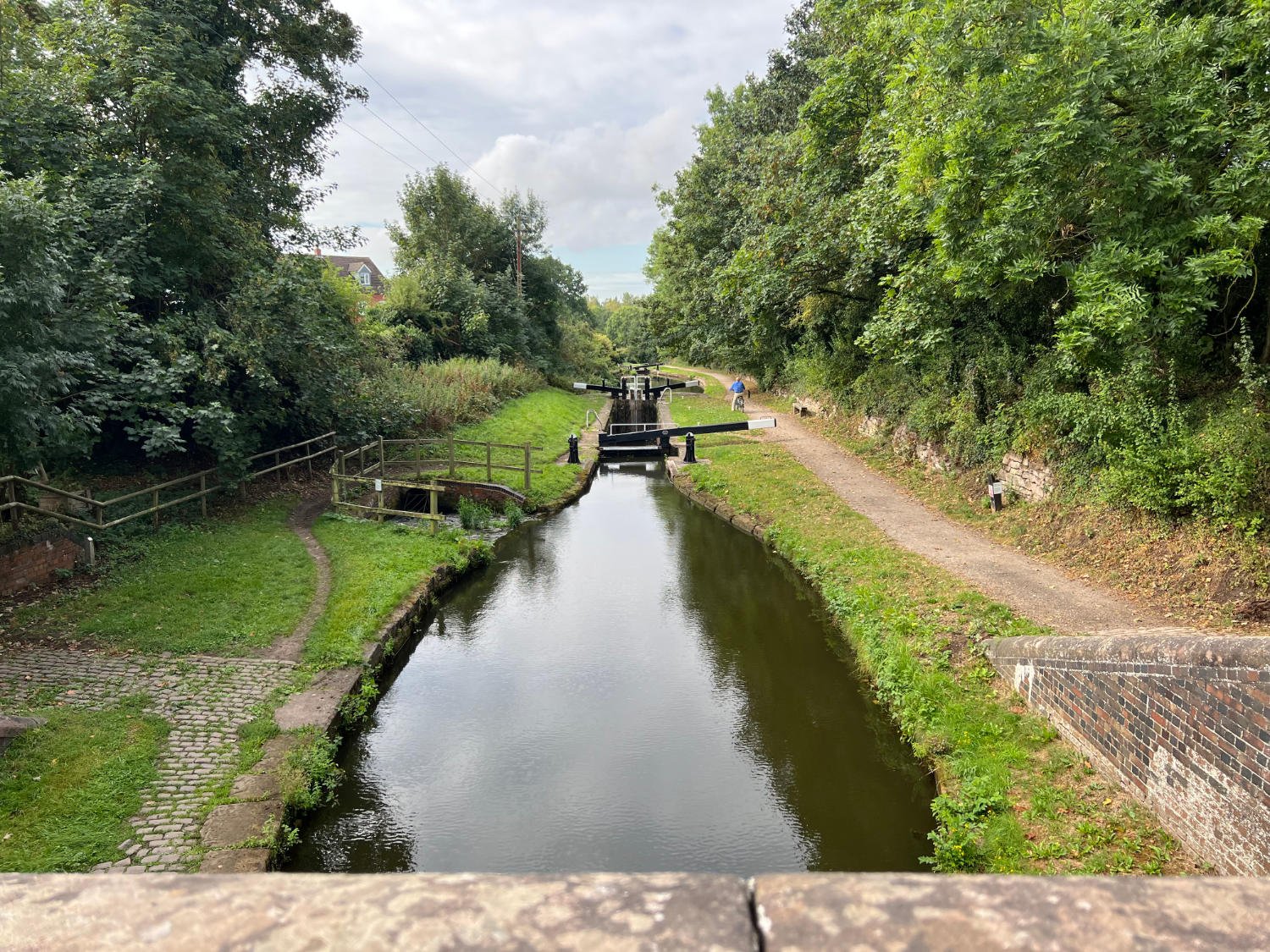
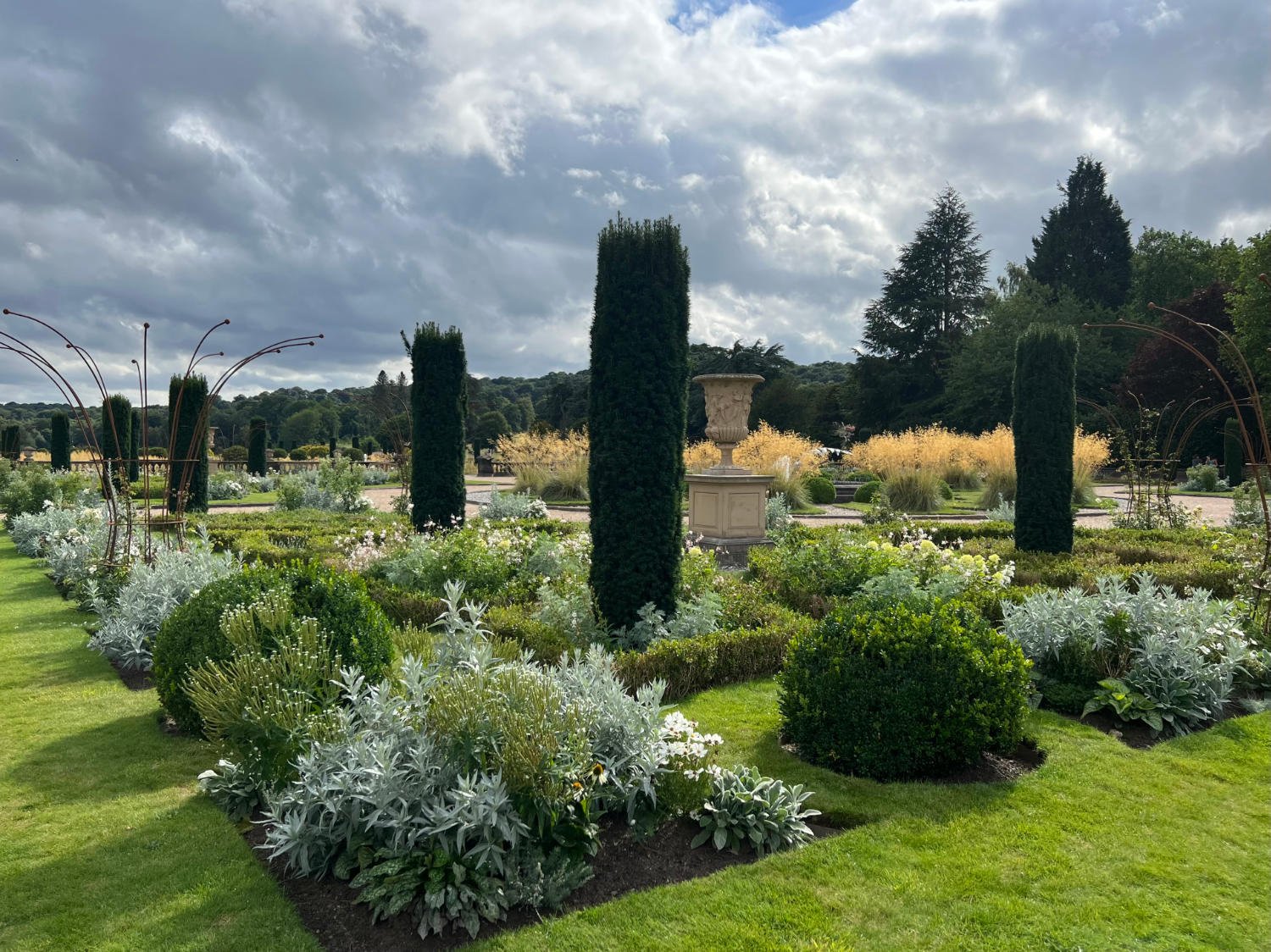
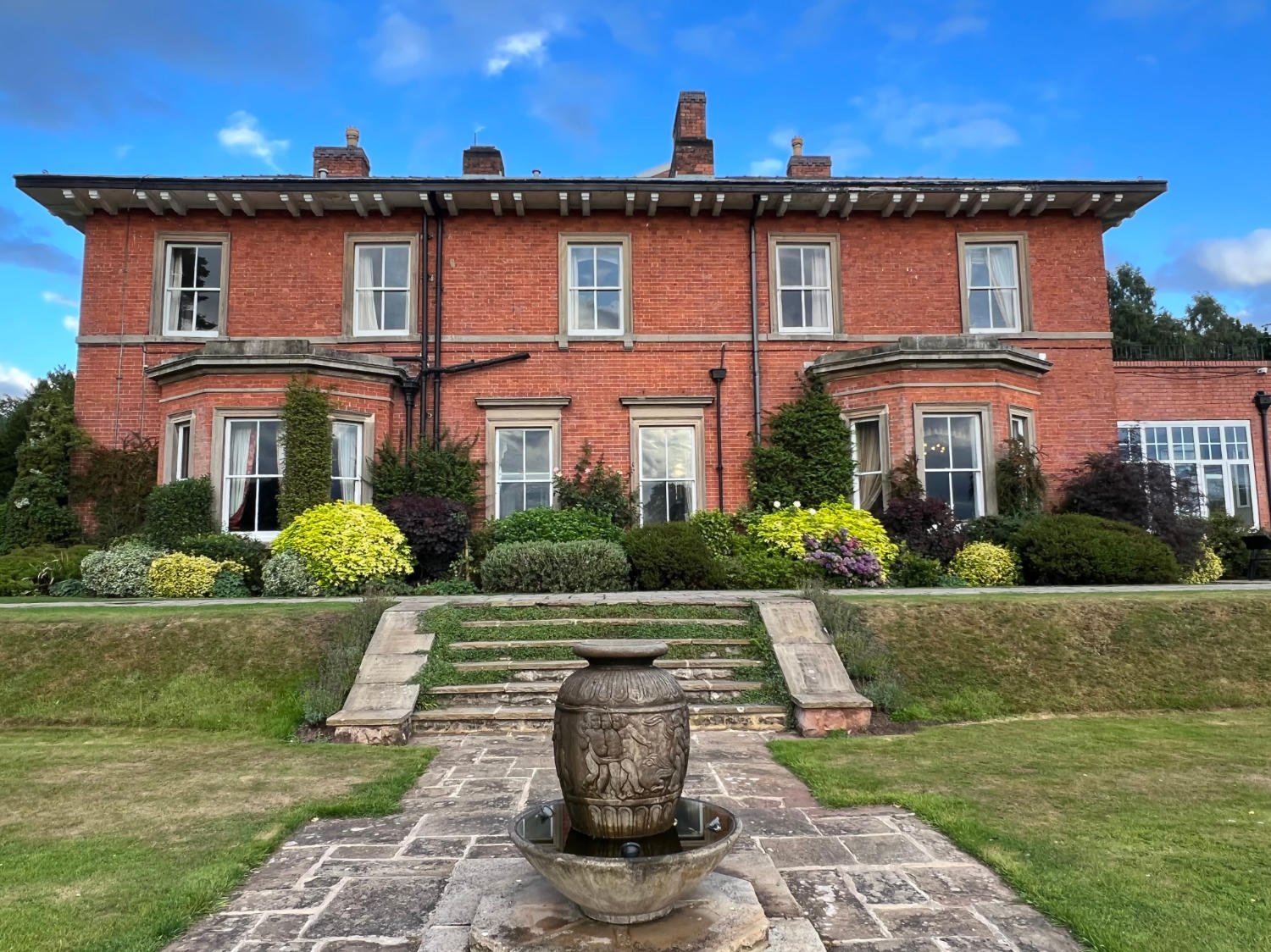
Ride practicalities
START/FINISH: Birmingham/Stoke-on-Trent DISTANCE: 104km TOTAL ASCENT: 825m TERRAIN AND SURFACES: quiet country lanes, cycle lanes, former railway tracks, canal towpaths. Surfaces throughout are good and suitable for a touring bike with a 28mm tyres. The section through Cannock Chase is NOT on the official NCN route (Sustrans have declassified this section). The roads can be reasonably busy on summer weekends. Beyond that this is a perfectly acceptable traffic-light route RECOMMENDED CAFÈS/PUBS/ACCOMMODATION: Lichfield; Bistro 19, Barlaston (Stoke-on-Trent) The Upper House MAINLINE TRAIN SERVICES: Birmingham New Street, Lichfield, Stafford, Stone, Stoke-on-Trent PLACES TO VISIT: Lichfield Cathedral, Dr. Johnson’s House, Trentham Gardens, Wedgewood Experience, Potteries in Stoke LINKS TO OTHER ROUTES: London to Holyhead
Ride Notes
Leave Birmingham on some excellent cycleways which wander through country parks and open ground. There’s much to enjoy; canals, urban countryside, country parks. Pedal on towards Walsall, the leather saddle capital of the world. (Horse Saddles that is, rather than bicycles. For the latter, you’d have to go west of Birmingham to Smethwick).
National Cycle Route 5 out of Birmingham
The official route does not pass through Lichfield, an odd omission for this trans-Midlands route. Since the age of travel, Lichfield has been a staging post for travellers between London and Chester and it is strange that the wealthiest (and loveliest) of Staffordshire towns has been by-passed by the NCN Route 5. Samuel Johnson who compiled the first English Dictionary called it the “city of philosophers”. The reward for a 6km deviation is the 1100 year old cathedral. The west front is like a vertical necropolis with a vast collection of dead saints, apostles, kings and patriarchs. Inside it’s all spectacular vaulting and in the Chapter House, the eighth century Lichfield Gospels as well as one of the finest 8th century sculptures in England - that of the Archangel. (Or is it St. Chad the patron saint of the cathedral? No one knows.) Bistro 19 in the cathedral close makes a good lunch stop, and if you’ve the energy and desire, there’s the home of Samuel Johnson, creator of the English Dictionary to visit. Before heading off to Cannock Chase, it’s worth a quick pedal around the city-centre to enjoy the close-knit Georgian streets.
Lichfield Cathedral, Archangel Gabriel, or is it St. Chad? An 8th century carving
Quiet rural lanes take you to Cresswell Green (past the turning to Lichfield), where the National Cycle Route 5 has a hiccough. For the crossing of Cannock Chase, there is no National Route. The roads have been deemed to be too busy. Cars there certainly are, but providing you avoid summer weekends, your passage is going to be relatively quiet. The Chase itself is a glorious mix of pine-covered hills, mixed woodland, heather moorland along with a collection of glacial erratics, huge boulders left by the retreating ice some 10,000 years ago.
You’ll find too, ‘strangers lying in a strange land’. In 1917, as the Allies broke through the trenches of Northern France, many German prisoners were taken. They were brought to a newly created POW Camp on The Chase. The able-bodied prisoners were kept busy by working in local farms, gardens, stately homes, and quarries, replacing the young Englishmen who’d been called up. In the aftermath of the war, as the protagonists worked out reparations and the return of prisoners, Spanish flu swept through the camp, killing scores of men who’d otherwise escaped death at the front. 5,000 German men lie in the sandy soil from both world wars, their dark slate headstones separated by purple heather. It is, like the Commonweath Cemetery nearby, very moving.
The German War Cemetery, Cannock Chase
You pick up the NCN Route 5 again in Stafford, and follow it to Stone, where brewing is very much part of its DNA. Despite the town’s two most famous breweries closing down in the 1960s, the Lymestone Brewery continues the tradition begun by monks back in the early medieval times. Local pubs sell the local brew.
The Trent and Mersey Canal towpath takes you into Stoke-on-Trent. Canals were the motorways of the 18th century, transporting coal, pottery, iron, salt, and much more besides. The potter, Josiah Wedgewood was an early investor in the canal network. He employed his friend James Brindley, to build the Trent and Mersey Canal which enabled clay to be brought from Cornwall to the pottery works at Etruria. Finished products were taken away by barge for export. Canals moved goods cheaply, smoothly and quickly. Brindley was a remarkable man; as a child he did not attend school but was taught by his mother, which did not seem to be a hindrance as he built one of the world’s first engines to drain a coal mine, and later a silk spinning machine. He’d already built the Bridgewater Canal, England’s first canal, in Cheshire, before Wedgewood employed him.
James Brindley, Trent and Mersey Canal
The NCN 5 does not let you off the garden hook just because you’ve left the horticultural lands of the south, for Stoke has Trentham Gardens. It is an incredible estate, even for those who profess not to be interested in gardens. It belonged to the Dukes of Sutherland, and over the centuries has had many makeovers, by such famous landscape artists as Lancelot ‘Capability’ Brown and Charles Barry. Underneath the gardens are the old coal mines, and subsidence has caused all manner of issues, not least in near draining the lake down a mine shaft. A mile from the gardens on the outskirts of the Barlaston, the Upper House Hotel, was the former home of Francis Wedgewood, grandson of the great English potter and abolitionist, Josiah Wedgewood. It would be a fitting place to stay before tomorrow’s ride through the potteries.
The Upper House, Barlaston
Every route on this website has been carefully researched as well as ridden. However situations on the ground can change quickly. If you know of changes to this route, or cafes, pubs and the like which you think other cyclists need to know about, feel free to share your thoughts below.
If you enjoyed this guide, why not subscribe to the website so as not to miss other inspirational routes?
wheremywheelsgo.uk is a Feedspot UK Cycling top website

